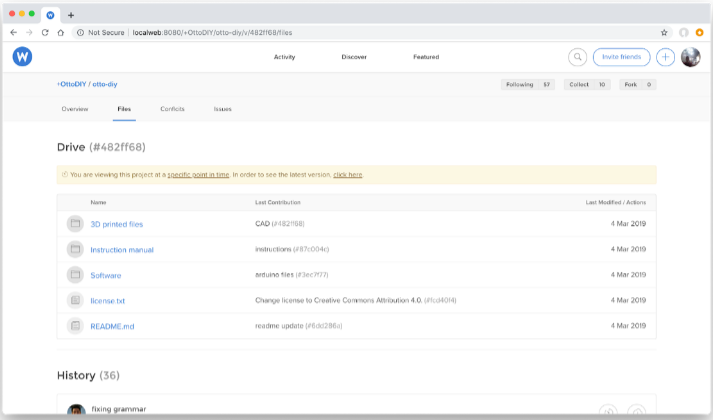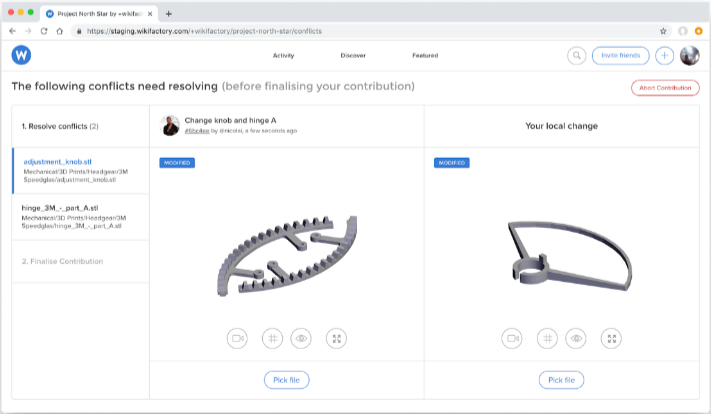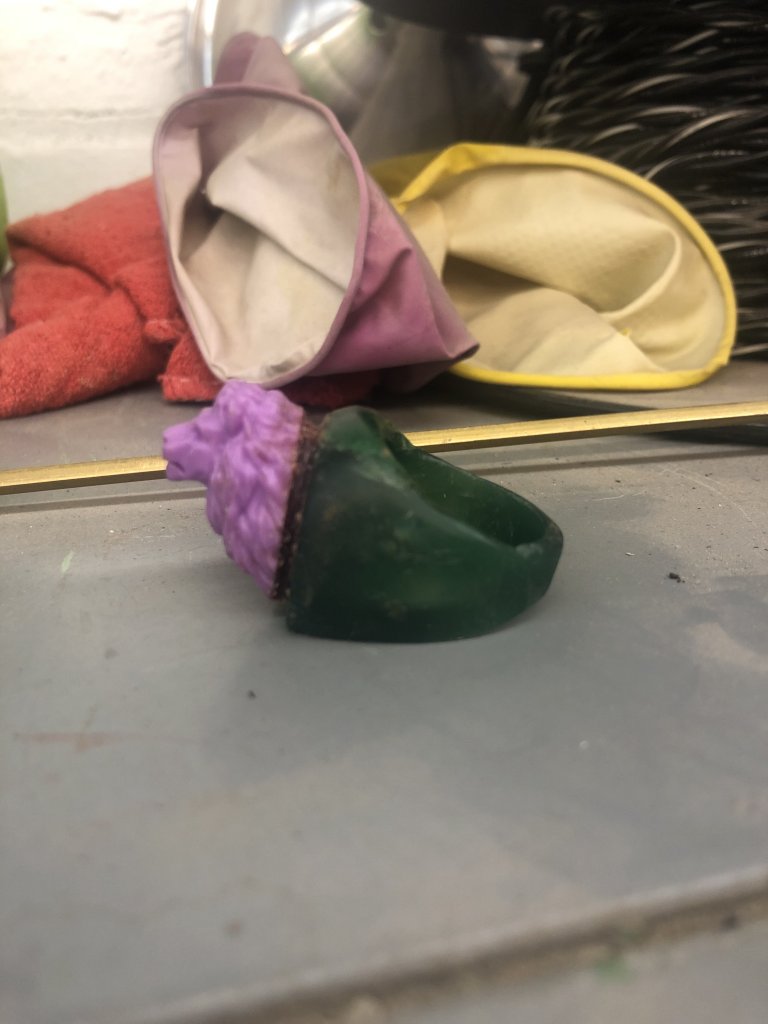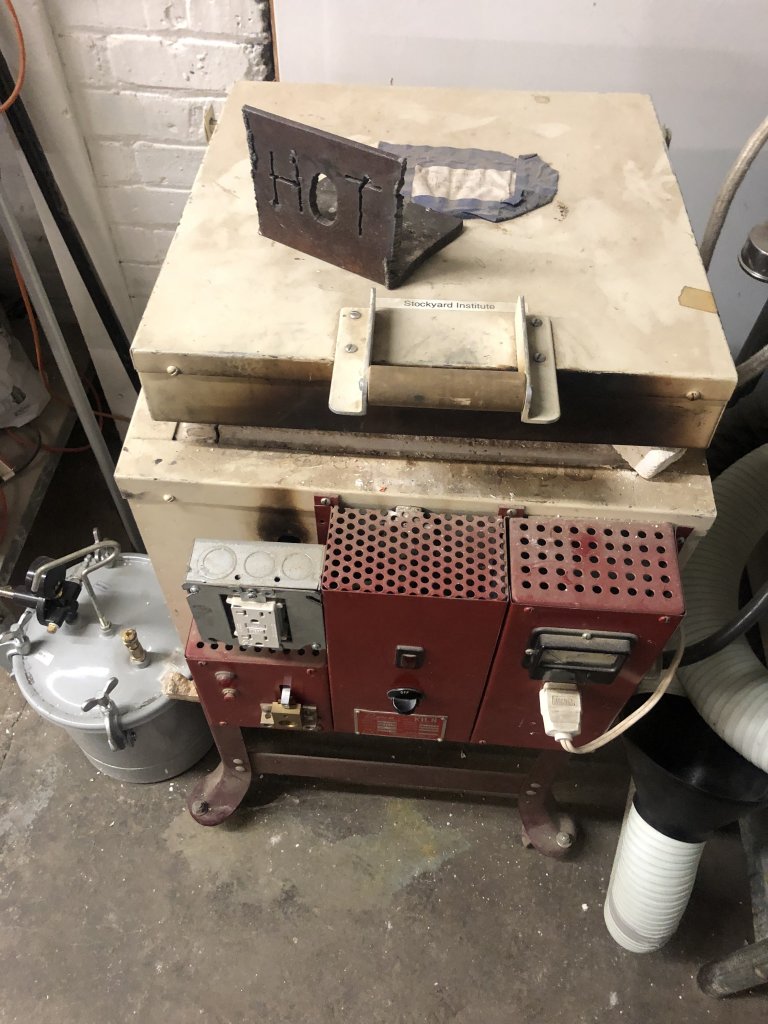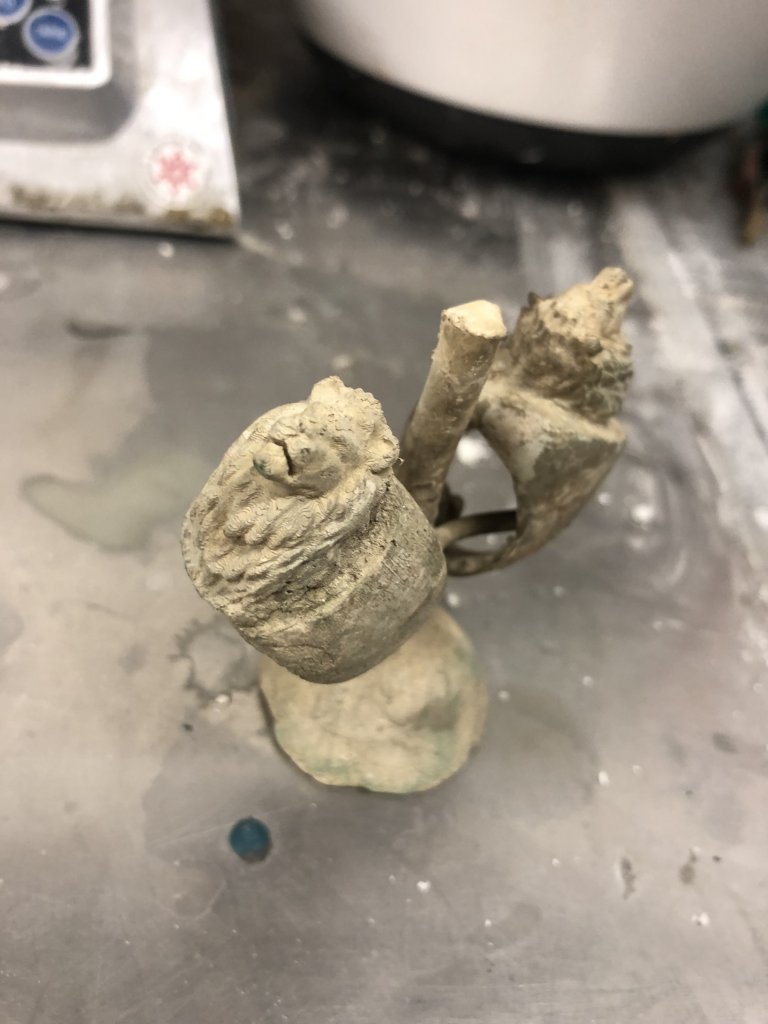With the shaky ground that Maker Media (now Make: Community) stands on, this author was prematurely ready to signal the end of the maker movement. However, we have already received feedback from a number of people in the world of open source hardware who suggest that, while the Make: brand may have run into issues, the larger movement it still thriving. We will provide those comments in a follow-up article as a means of diagnosing the current state of the maker community.
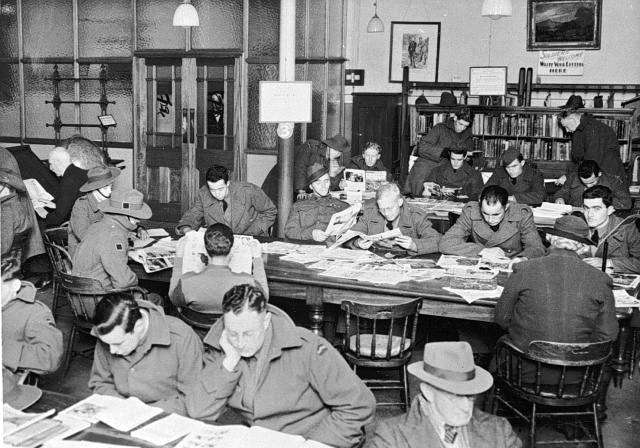
American and Australian soldiers in the reading room of the Ballarat Mechanics Institute in 1942.
Before we get into the future, however, it’s worth looking at the history of the hacking mentality and makerspaces. Depending on how far back you want to go, we could back to the 19th century and Mechanics’ Institutes, which joined libraries, labs and lecture halls. Funded by industrialists, these facilities were meant to provide the working class with a place to gain skills that would aid them in the workplace.
This sort of acceptable form of tinkering, however, seems to be part of a lineage distinct from the sort of unauthorized hacking that would play an important role in the creation of makerspaces much later. As broken down by author “Maxigas” in the Journal of Peer Production, we can distinguish between more-or-less sanctioned makerspaces (or “hackerspaces,” as they were earlier called) and unsanctioned hacklabs (the terms used by the author only to keep the two traditions separate).
Hacklabs blended different movements that developed from the 1970s. In Europe, this included the leftist autonomous movement, which developed with the idea that the working class could create its own power structures separate in response to the State and capital. Communists and anarchists within this fight appropriated physical spaces and real estate to challenge the establishment, a practice known as squatting.
Also in the 70s, the miniaturization of electronics enabled budding tech enthusiasts to computers from kits, like the Altair 8800. Inspired by phone phreaks who experimented with public telephone networks a decade before them, hackers worked individually or often in clubs to program their own software with a philosophy dedicated to the freedom of information and sharing of knowledge.
With the development of technology, another activist tradition developed nestled in the roots of squatting, but dedicated to intervening in cultural spaces. The practice of culture jamming emerged as a form of media activism characterized by pirate radio stations, then video broadcasts and eventually internet-based works.
Maxigas describes the emerging ideology in this way: “Many media activists adhered to some version of Gramsci’s theory of cultural hegemony, taking the stand that cultural and educational work is as important as directly challenging property relations. Indeed, this work was seen as in continuation with overturning those property relations in the area of media, culture and technology.”
In turn, squatting and media activism blended, as squats served as urban hubs for internet access as well as locations to orchestrate culture jamming. These became hacklabs, which emerged roughly between 1995-2005. An interesting example is Italy’s Ultralab, established at the occupied fortress of Forte Prenestino in Rome.
Whereas these sites were dedicated to a countercultural mode of living and challenging society, Maxigas describes hackerspaces (later also called “makerspaces”) as less subversive than hacklabs, as the concept of hacking became institutionalized (like the creation of the Electronic Frontier Foundation) and more integrated into mainstream society. An example of an early second wave hackerspace, would be C-base, founded in 1995 in Berlin as a community center for free internet access.
By the late 2000s, hackerspaces had proliferated extensively, with lectures around the world, as well as established media, inspiring this proliferation. In 2007, Cologne’s C4 hackerspace gave a talk called “Building a Hackerspace,” which inspired “Building Hacker Spaces Everywhere: Your Excuses are Invalid” the next year in the U.S. Hackerspaces.org was founded in 2008, with 72 hackerspaces listed.
Maxigas summarizes the formation of hackerspaces by saying: “the emergence of hackerspaces is in line with a larger trajectory in the hacker movement, which gradually has gained more institutional structures. The turn towards the physical (mainly through utilising micro-controlers) marked the point when hackerspaces became widespread since development and collaboration on such projects is greatly facilitated by having a shared space. While most discourse and innovation in the community was focused on the organisational form rather than the political content of hackerspaces, such less defined and more liberal-leaning political content allowed the movement to spread and forge connections in multiple directions without losing its own thrust: from companies through civil society to a general audience.”
At the same time, the philosophies of hacklabs and hackerspaces/makerspaces are quite different. Hacklabs were born out of a tradition of leftist activism and, at least according to Maxigas, see inclusion of women, sexual minorities and the disabled almost as inherent to the creation of the space. Whereas hackerspaces/makerspaces have tended to be made up of male, well-educated, white and more affluent members with a more narrow philosophy focused on freedom of information and innovation, rather than challenging the status quo. At the same time, due to their integration into society at large, hackerspaces have proliferated more widely than the more societally challenging hacklabs.
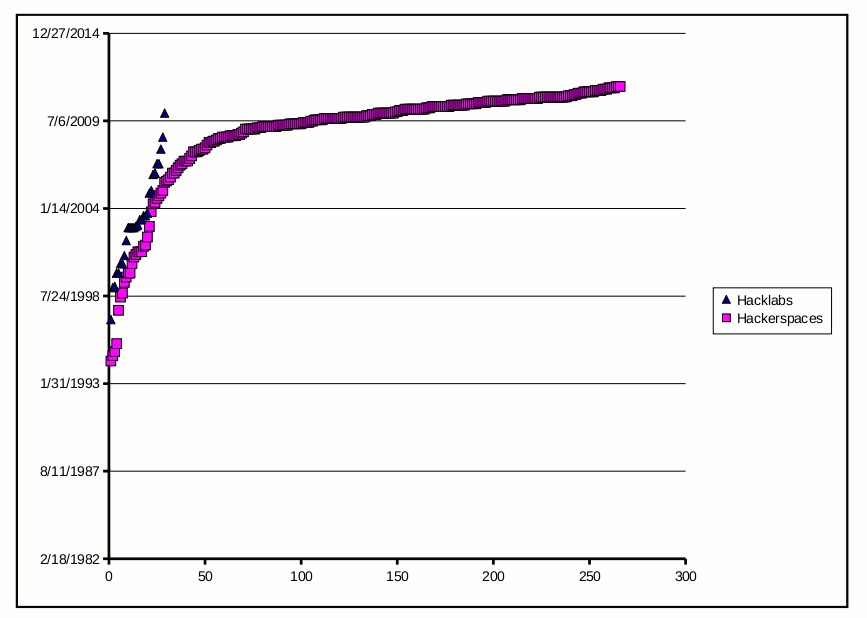
The growth of hacklabs vs. hackerspaces, based on data taken from hacklabs.org and hackerspaces.org. Image courtesy of Maxigas.
The creation of MAKE: Magazine in 2005 seems to lay at the intersection between second- and third-wave hackerspaces. Perhaps it represents the conclusion of the second and beginning of the third wave, which included the introduction of the term “maker”, the launch of Maker Faires, and the media frenzy that coincided with the introduction of 3D printers, microcontrollers, consumer drones and more.
So, we might refer to this third wave, in which hackerspaces were commercialized and branded, as the “maker movement.” We will look at the commercialization of the maker revolution more in the next part of this series and explore the extent to which that commercialization may have played a role in the unmaking of certain portions of the maker movement.
The post The Maker Movement Unmade? Part 2: The Roots of the Maker Movement appeared first on 3DPrint.com | The Voice of 3D Printing / Additive Manufacturing.













